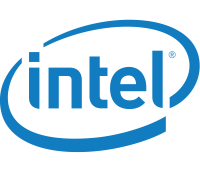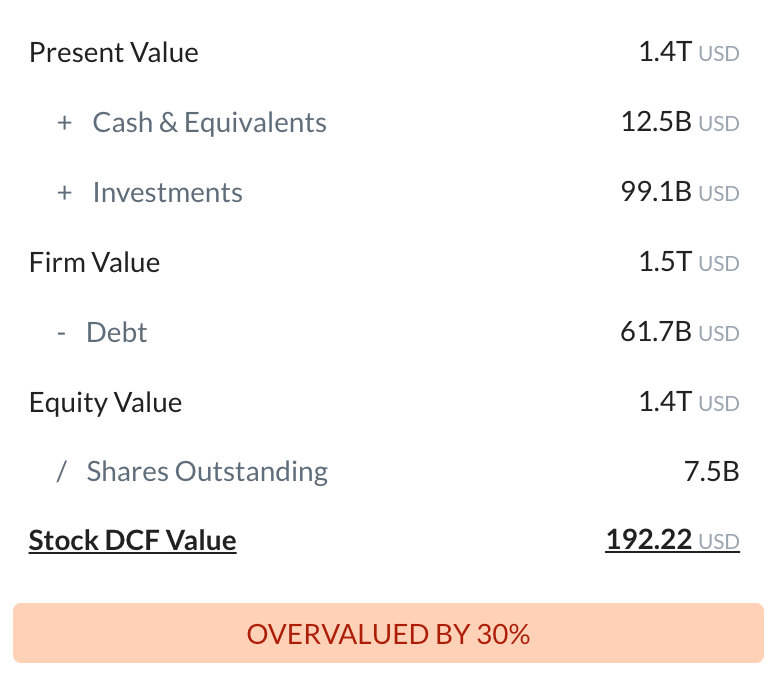
Intel Corp
NASDAQ:INTC

Intrinsic Value
The intrinsic value of one
 INTC
stock under the Base Case scenario is
hidden
USD.
Compared to the current market price of 19.74 USD,
Intel Corp
is
hidden
.
INTC
stock under the Base Case scenario is
hidden
USD.
Compared to the current market price of 19.74 USD,
Intel Corp
is
hidden
.
The Intrinsic Value is calculated as the average of DCF and Relative values:
Valuation History
Intel Corp

Fundamental Analysis

Intel’s repeated delays in advancing its manufacturing process could exacerbate its loss of technology leadership to competitors like TSMC, putting pressure on its core x86 business and margins.
Intel’s ambitious IDM 2.0 strategy, which includes expanding its internal manufacturing capacity and offering foundry services to third parties, could create a new revenue stream and diversify the business.

Revenue & Expenses Breakdown
Intel Corp

Balance Sheet Decomposition
Intel Corp

| Current Assets | 47.3B |
| Cash & Short-Term Investments | 22.1B |
| Receivables | 3.5B |
| Other Current Assets | 21.8B |
| Non-Current Assets | 149.2B |
| Long-Term Investments | 5.4B |
| PP&E | 107.9B |
| Intangibles | 28.4B |
| Other Non-Current Assets | 7.5B |
Free Cash Flow Analysis
Intel Corp

| USD | |
| Free Cash Flow | USD |
Earnings Waterfall
Intel Corp

|
Revenue
|
53.1B
USD
|
|
Cost of Revenue
|
-35.8B
USD
|
|
Gross Profit
|
17.3B
USD
|
|
Operating Expenses
|
-22.1B
USD
|
|
Operating Income
|
-4.7B
USD
|
|
Other Expenses
|
-14B
USD
|
|
Net Income
|
-18.8B
USD
|
INTC Profitability Score
Profitability Due Diligence

Intel Corp's profitability score is hidden . The higher the profitability score, the more profitable the company is.

Score
Intel Corp's profitability score is hidden . The higher the profitability score, the more profitable the company is.
INTC Solvency Score
Solvency Due Diligence

Intel Corp's solvency score is hidden . The higher the solvency score, the more solvent the company is.

Score
Intel Corp's solvency score is hidden . The higher the solvency score, the more solvent the company is.
Wall St
Price Targets
INTC Price Targets Summary
Intel Corp

According to Wall Street analysts, the average 1-year price target for
 INTC
is 23.32 USD
with a low forecast of 17.88 USD and a high forecast of 32.55 USD.
INTC
is 23.32 USD
with a low forecast of 17.88 USD and a high forecast of 32.55 USD.
Dividends
Current shareholder yield for  INTC is
hidden
.
INTC is
hidden
.
Shareholder yield represents the total return a company provides to its shareholders, calculated as the sum of dividend yield, buyback yield, and debt paydown yield. What is shareholder yield?
The intrinsic value of one
 INTC
stock under the Base Case scenario is
hidden
USD.
INTC
stock under the Base Case scenario is
hidden
USD.
Compared to the current market price of 19.74 USD,
 Intel Corp
is
hidden
.
Intel Corp
is
hidden
.




























































 You don't have any saved screeners yet
You don't have any saved screeners yet